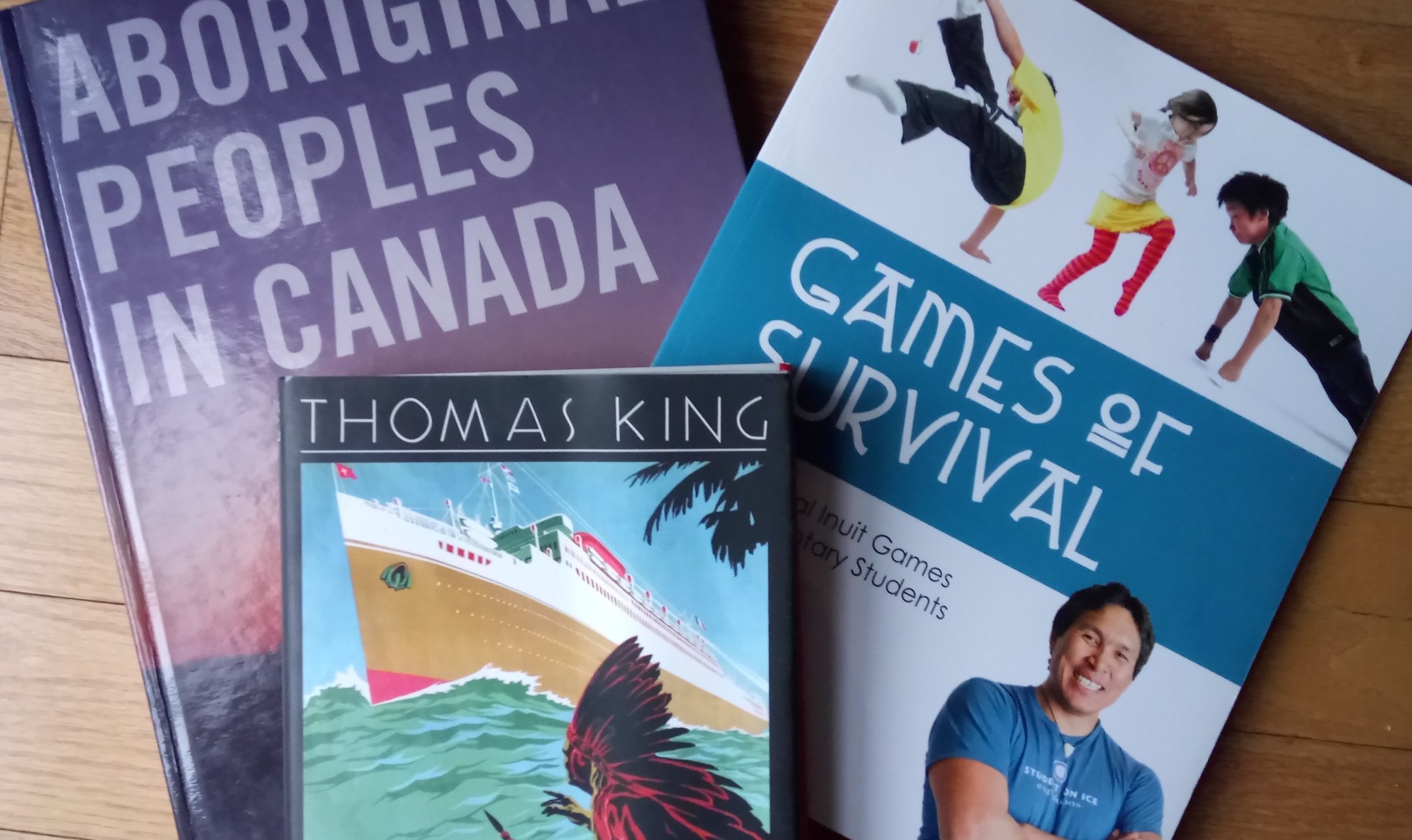Many of the resources we still use in school refer to Beringia and the Bering Land Bridge Theory. Many of the Indigenous storytellers, community members and scholars that I know have argued against this based on their creation stories and traditional knowledges embedded in them. Now, anthropological evidence is catching up!
The Nature of Things with David Suzuki looked at the evidence against the land bridge in Code Breakers and this past month, a CBC article highlight findings which suggest Indigenous peoples have been on Turtle Island for 130 000 years.
For some non-Indigenous educators, the discovery that what we have been teaching for so many years is incorrect is a painful realization. When this happens in my teaching practice (and it does) I try my best to sit with those feelings rather than avoiding them. A huge part of shifting my teaching has been about turning towards any shame or guilt I experience, processing, and moving through them to a more productive and honest place.
I bring this up here because the Bering Land Bridge is a place of huge conflict and shame in some circles. Rather than listening to Indigenous peoples, I've long heard many folks reject their knowledges. That it is taking the findings of Western scientific and anthropological processes to accept Indigenous ways of knowing is telling in itself.



